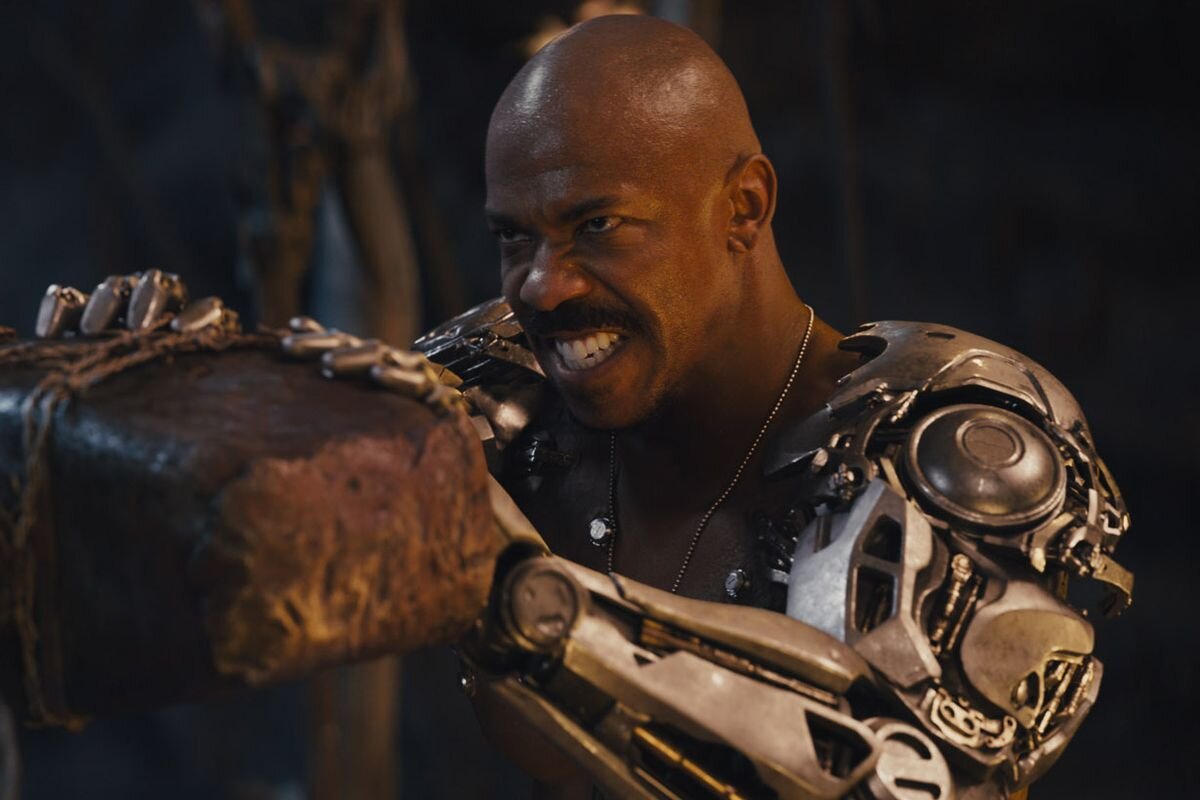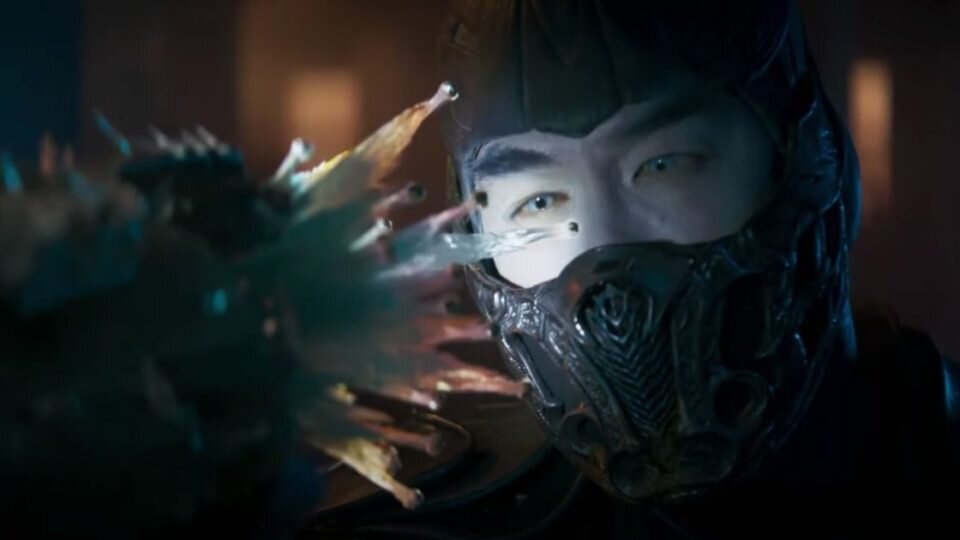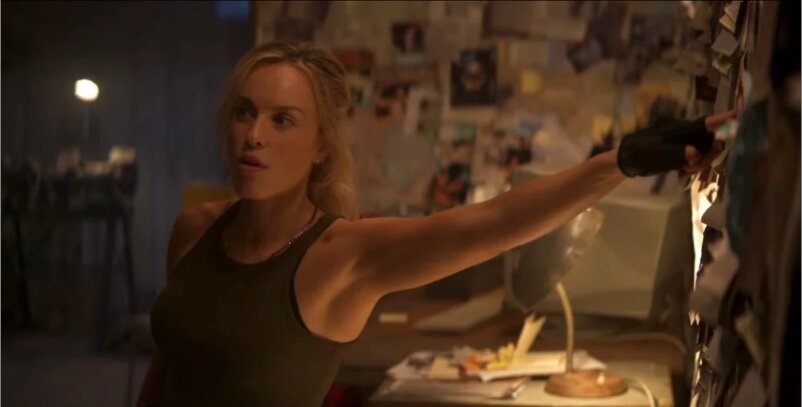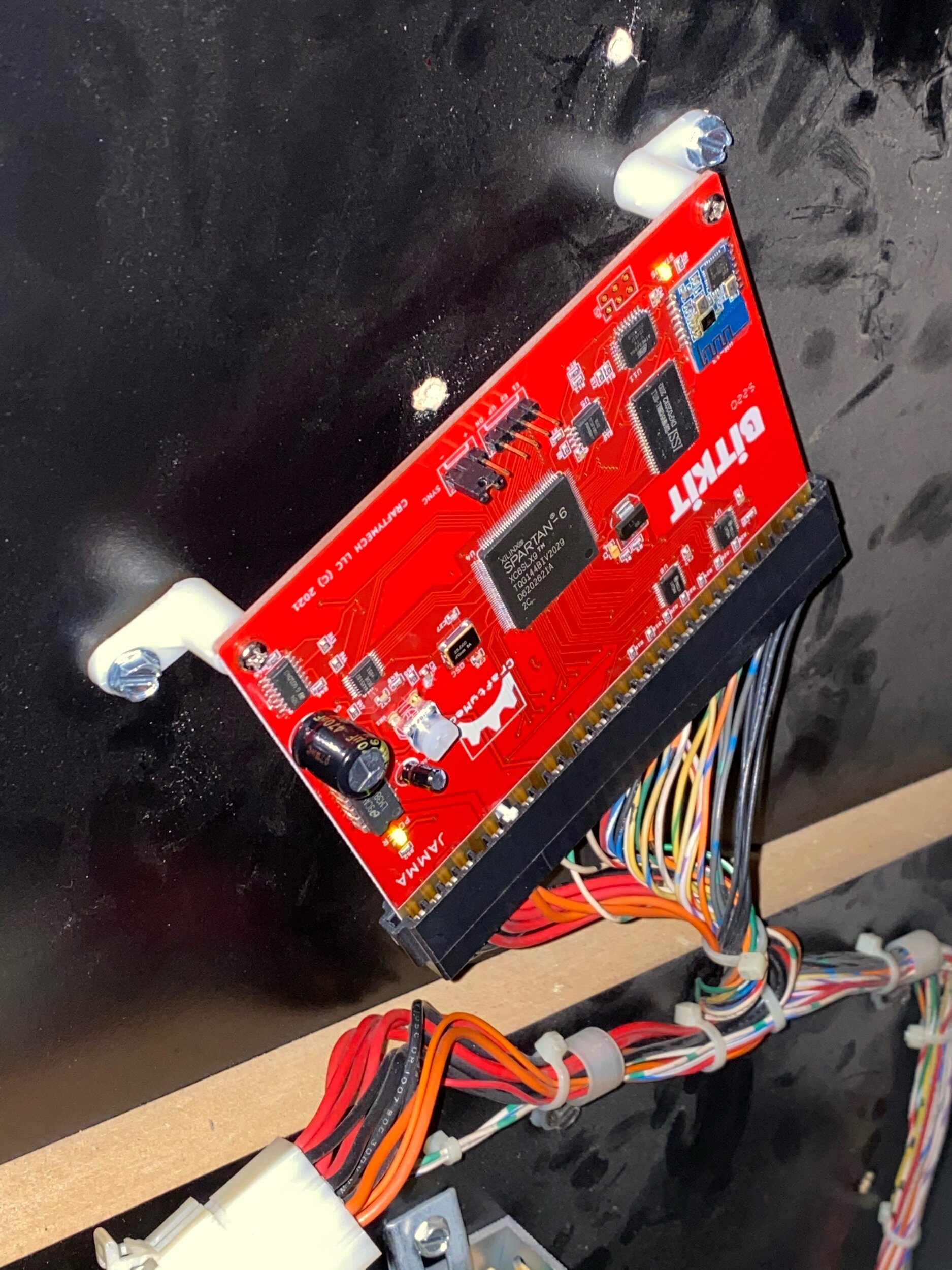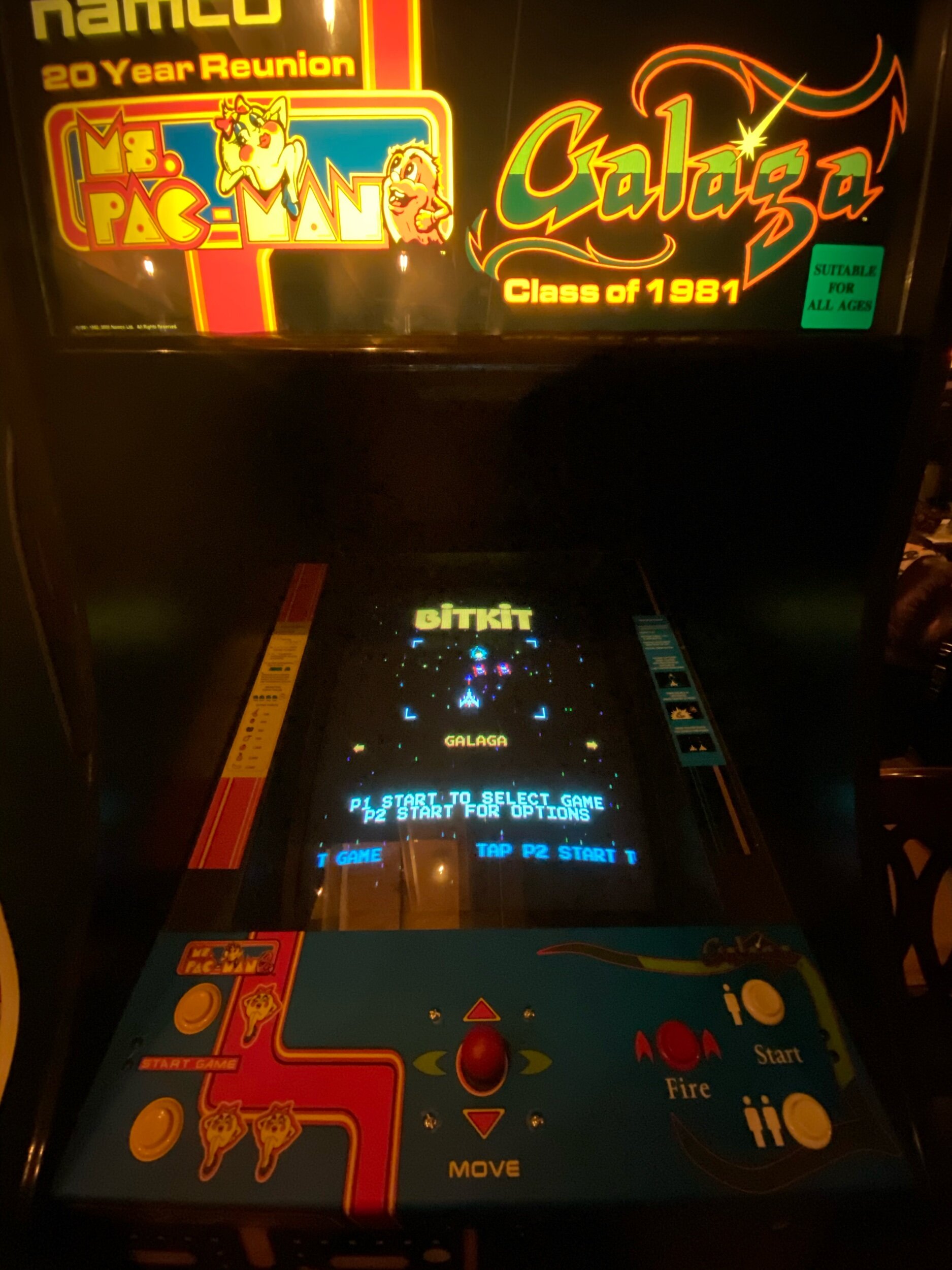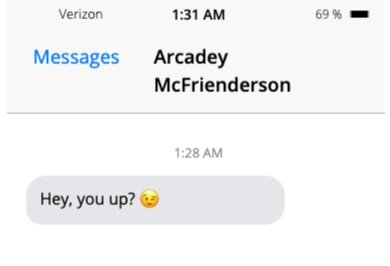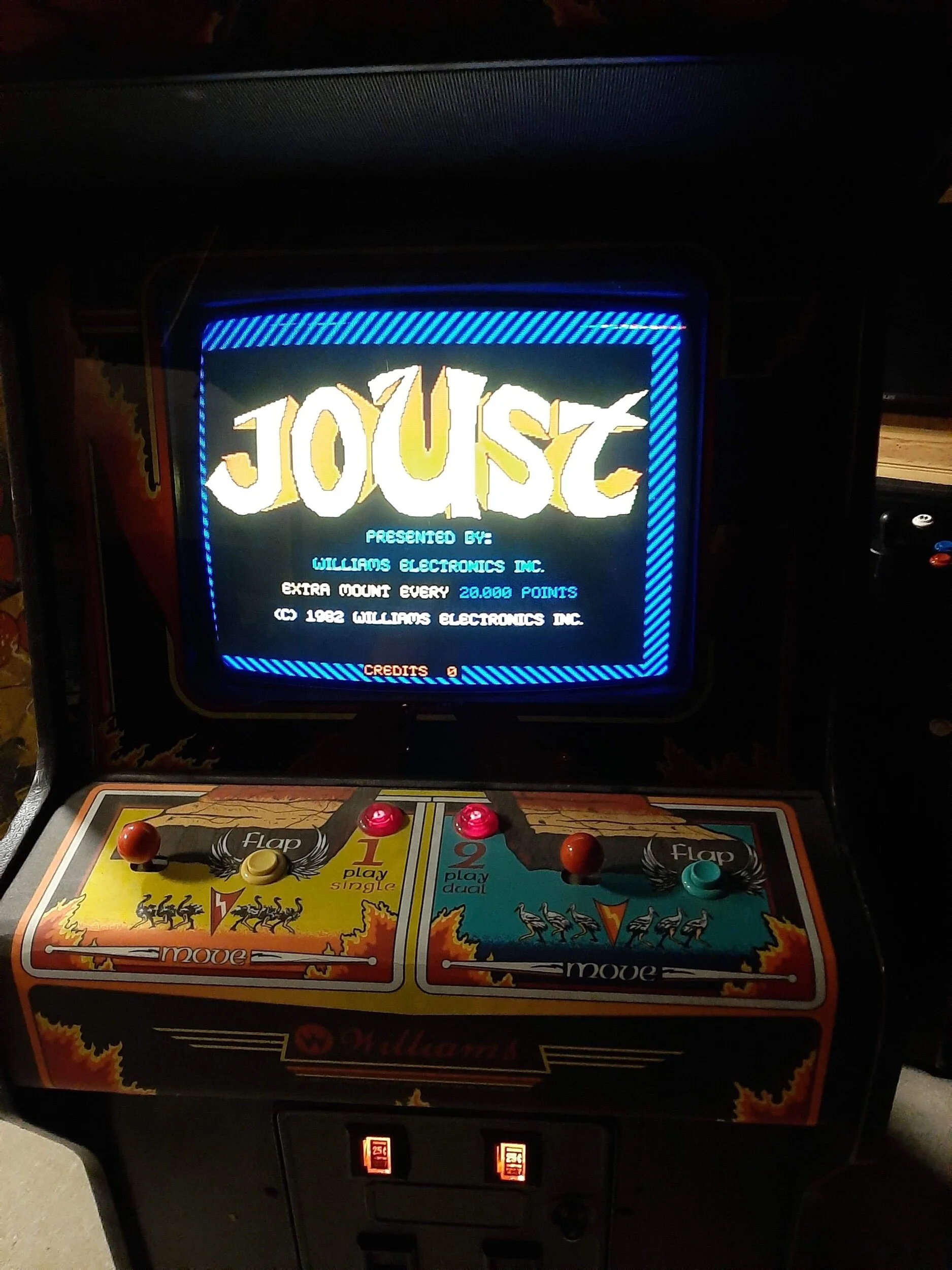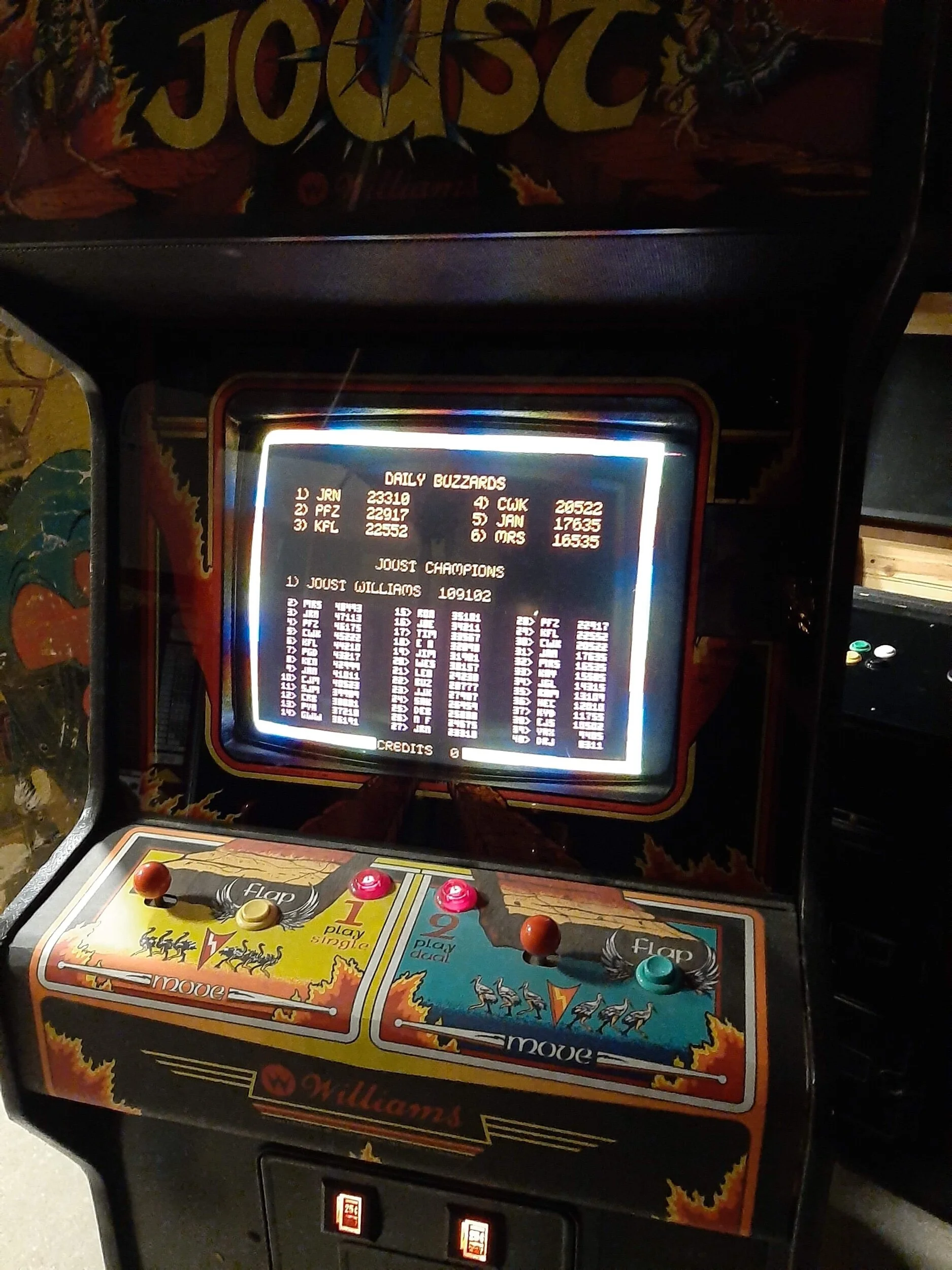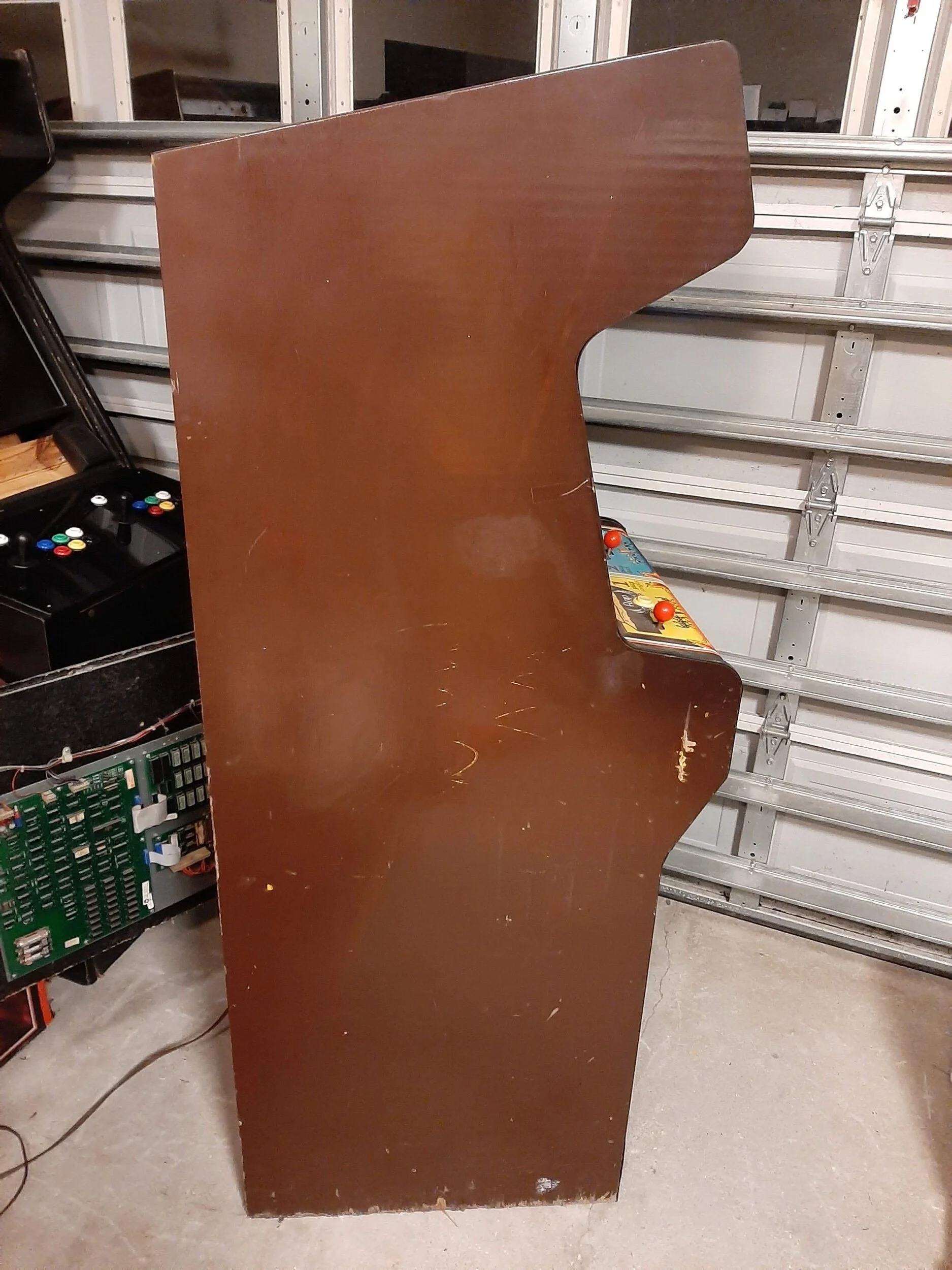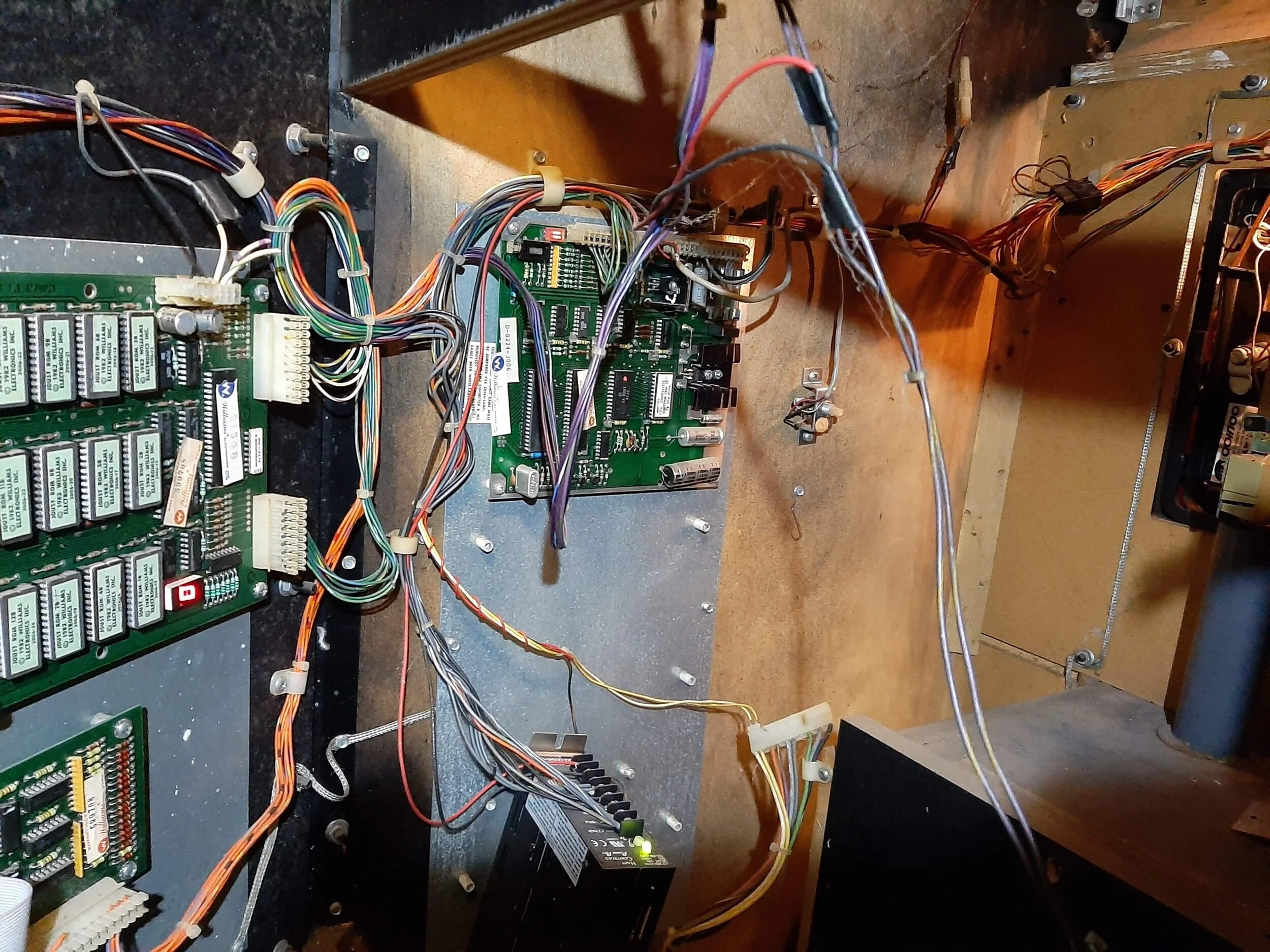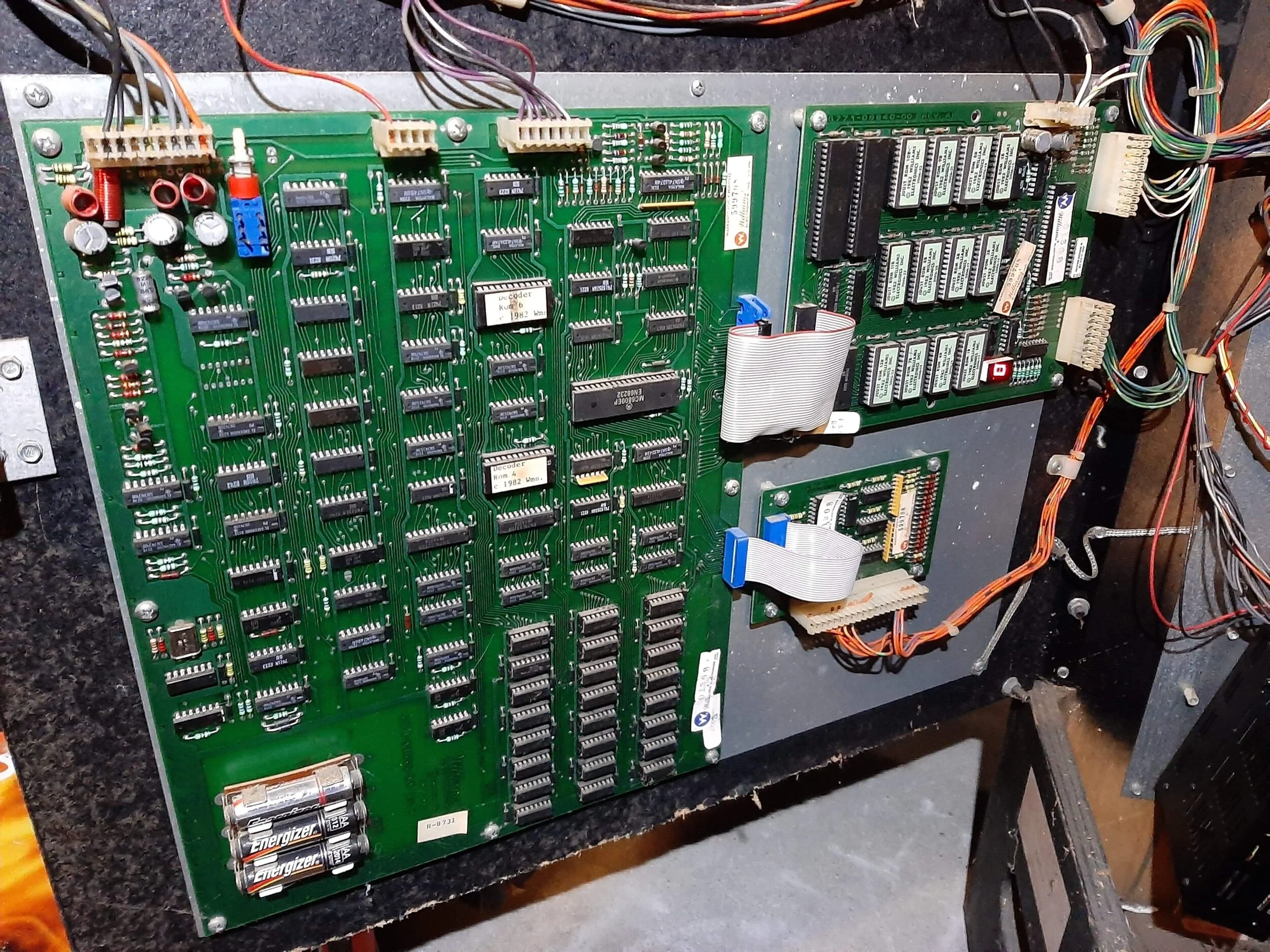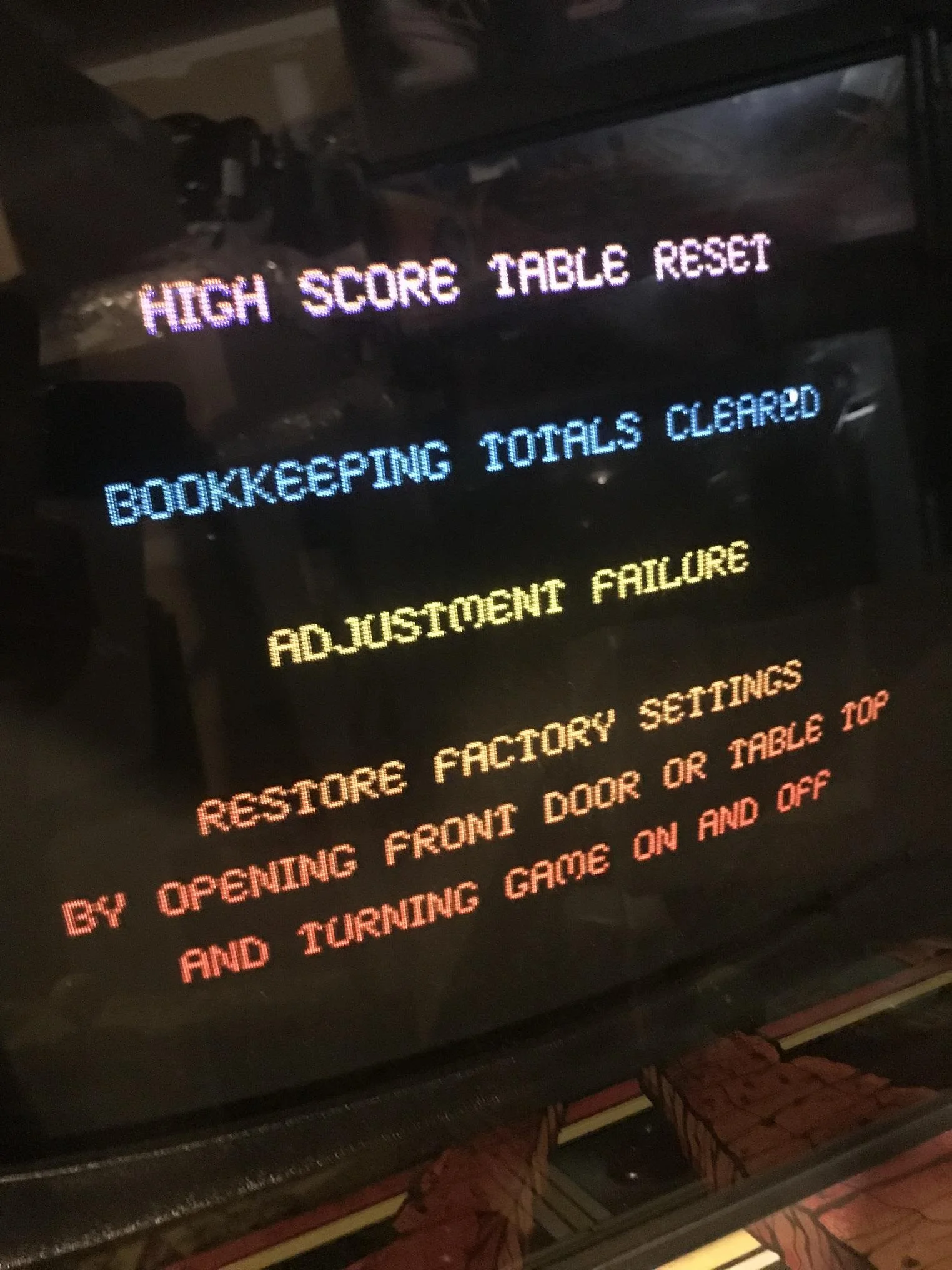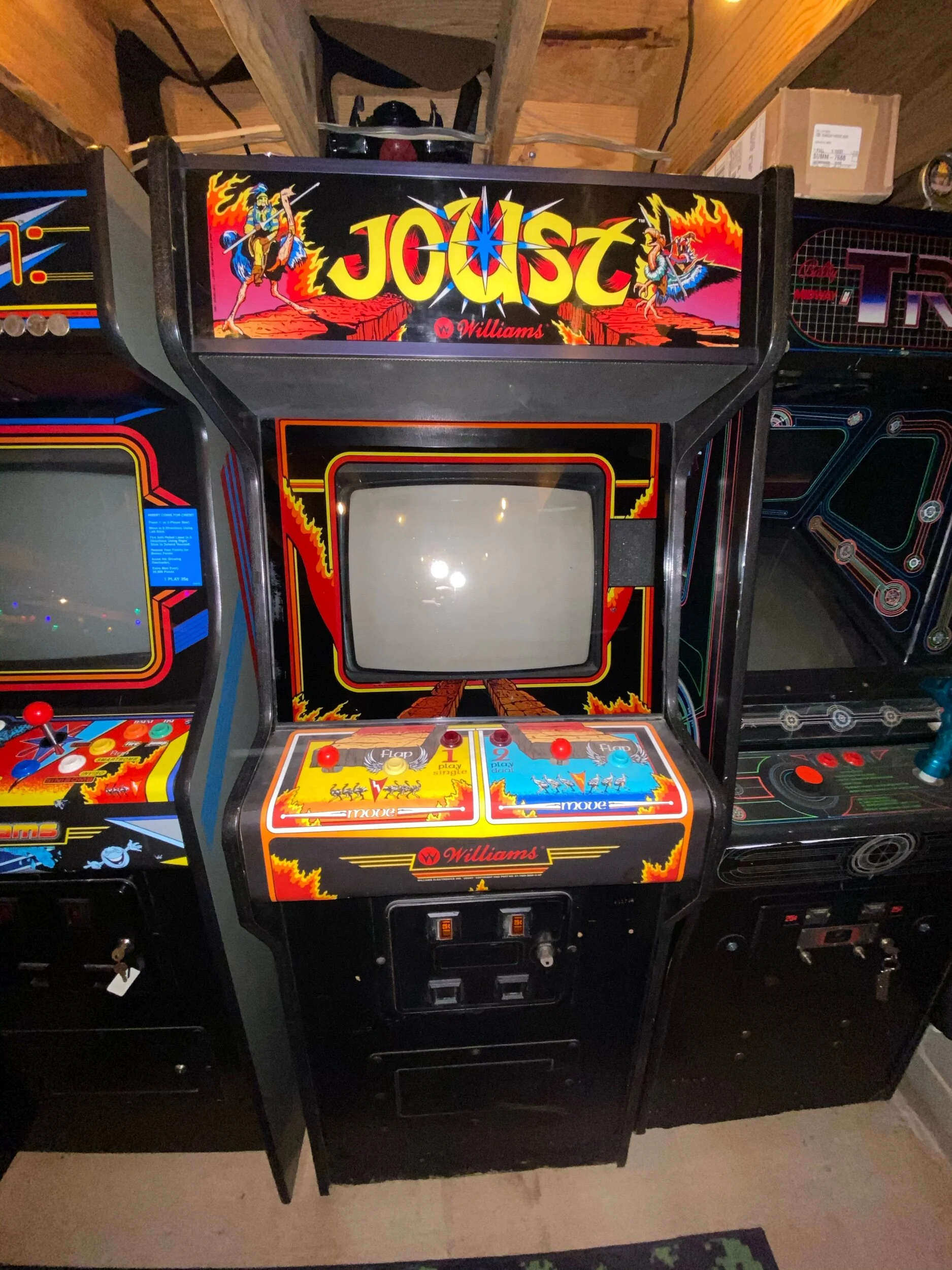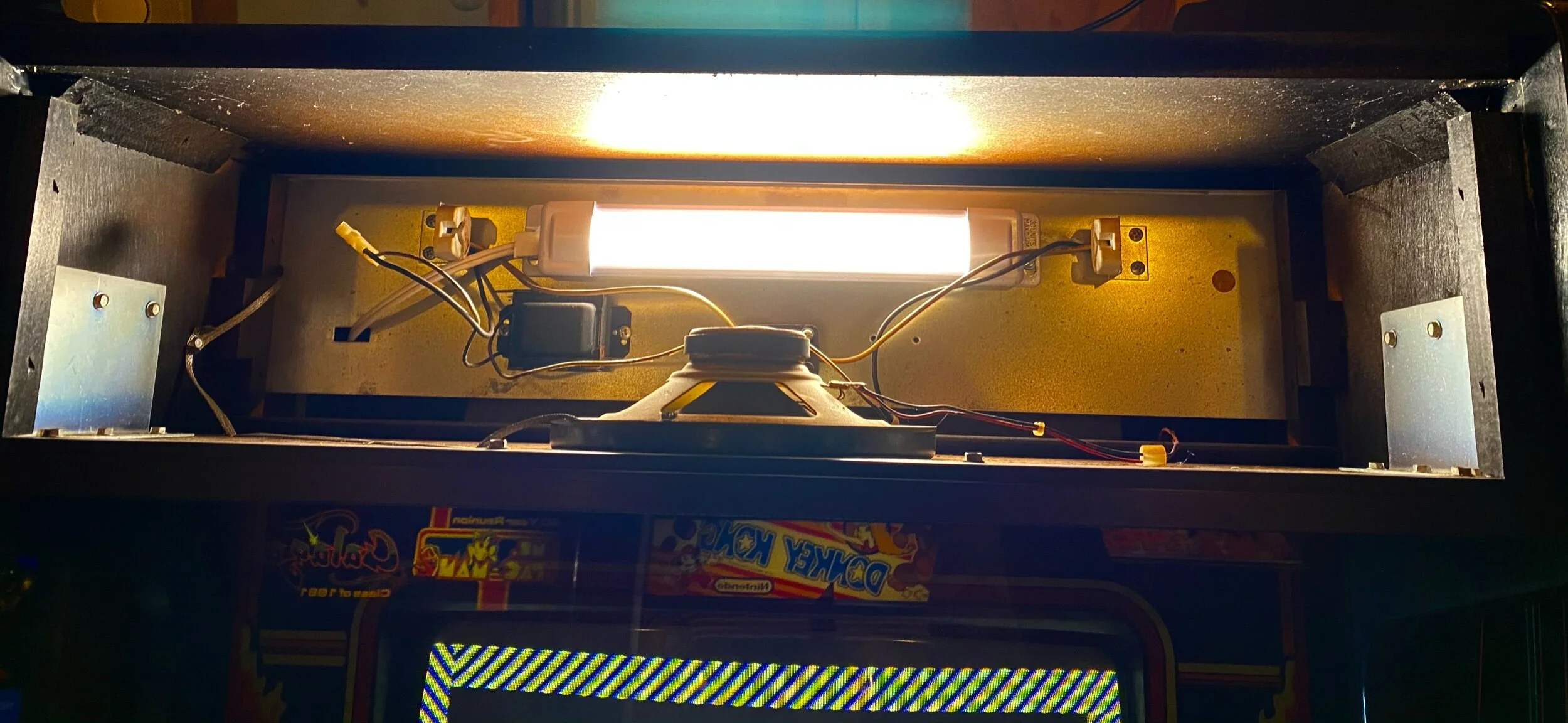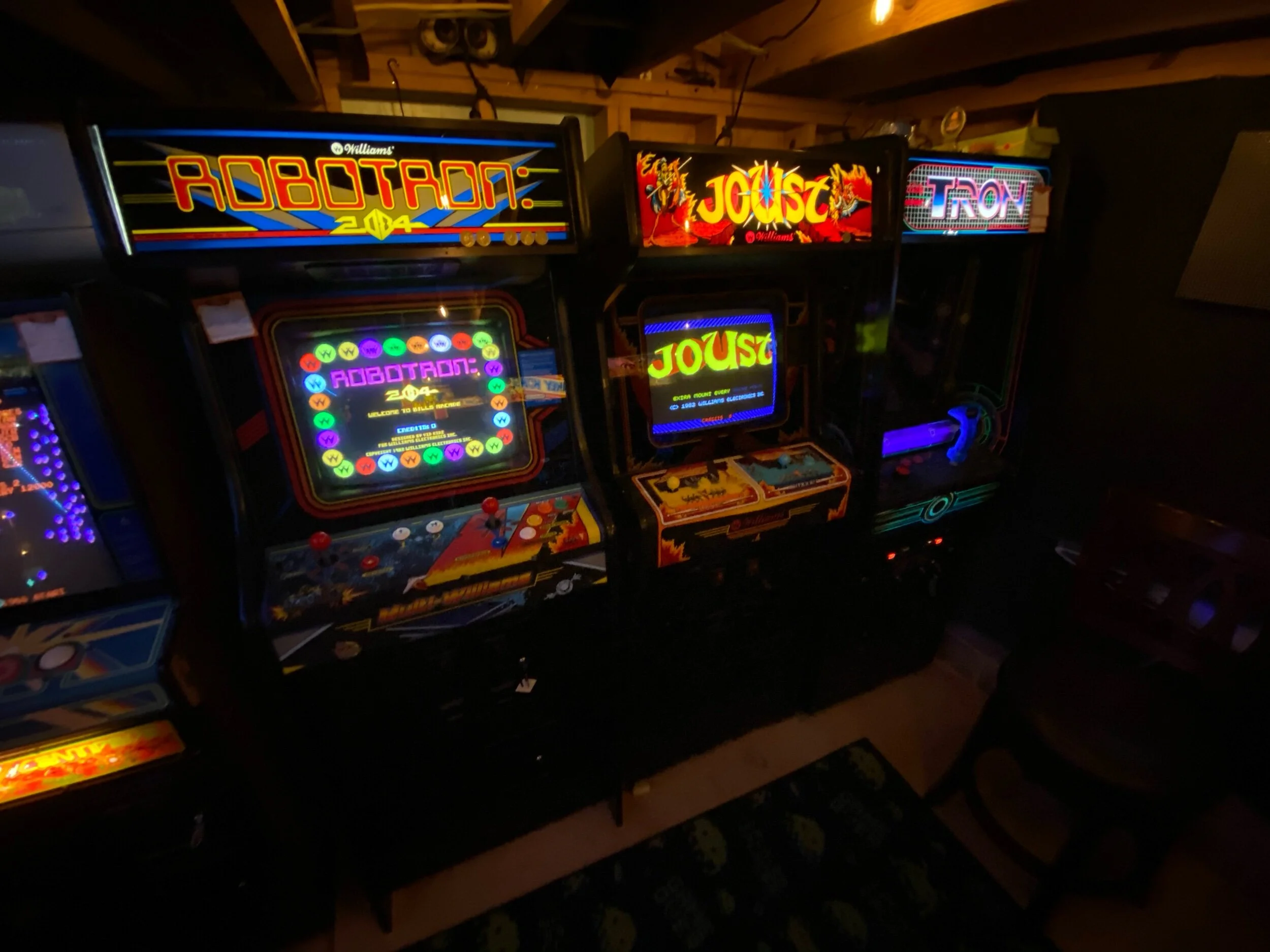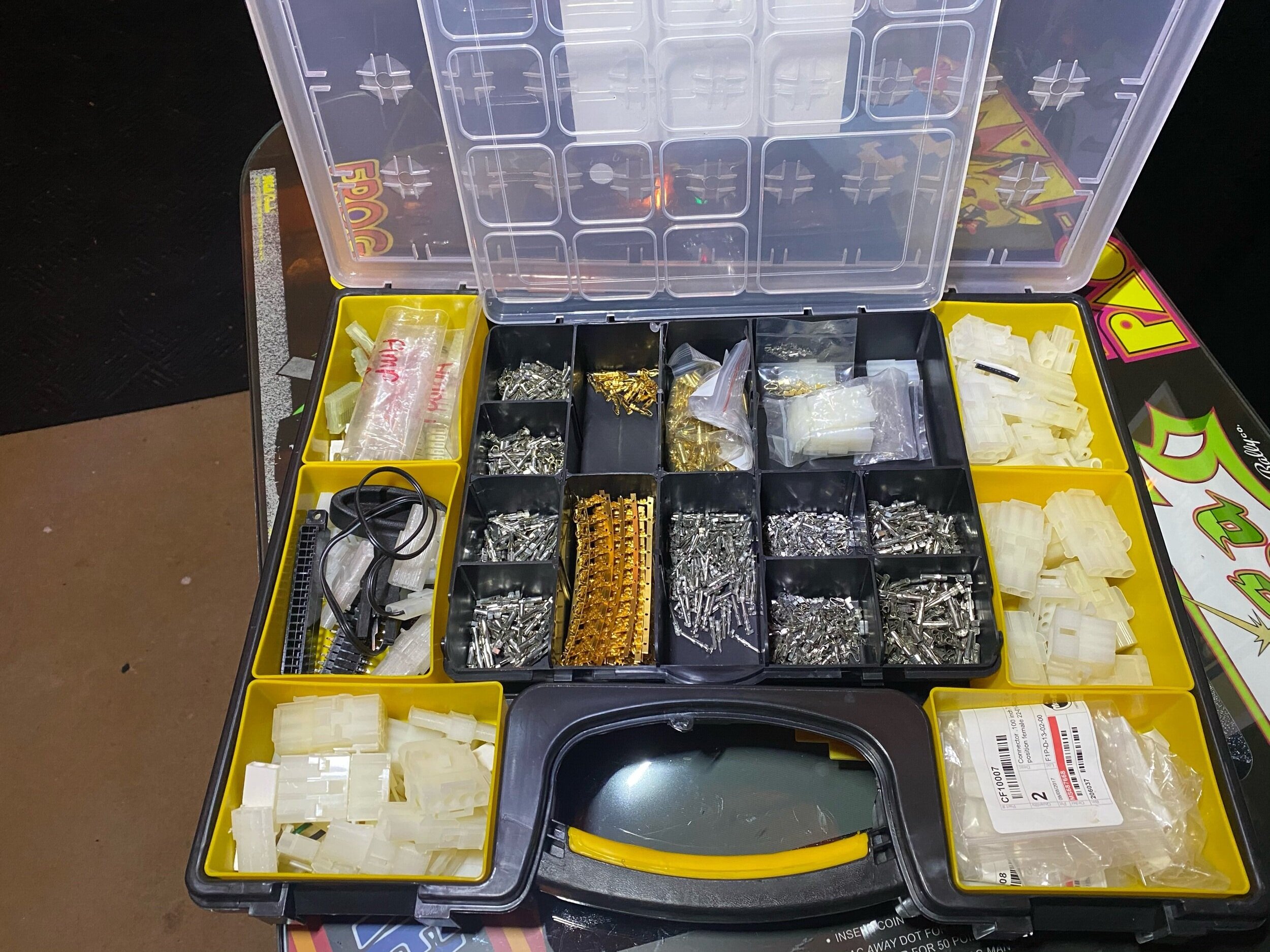Spoilers, if you’ve never played Mortal Kombat 1,2,3 or 4 and never seen the original Mortal Kombat (1995) movie.
First 7 Minutes (Free!)
In keeping with good cocaine dealer traditions, HBO Max released the first 7 minutes of Mortal Kombat for free as a promo to drive subscribers.
It is in this 7-minute cold-open that you are introduced to [some dude with a Samurai hair bun] and his cute idyllic family. It is at this point that [some bi-lingual dude in a more sensible haircut] wrecks shop at [samurai guy]’s house.
[Sensible Haircut w/ an Ice Fetish] and [Samurai Guy w/ Avenging Garden Trowels] face off and at the end of the sequence you might start to think:
“Oh, shit - they’ve really laid out a Punisher-style revenge plot here between these guys. I should rewind and catch their names.”
Don’t be silly.
In Universe Contrivances & MacGuffin’s
People with the Mortal Kombat logo mark are chosen-champions to represent earth in Kombat.
Except that normies inherit the champion mark by killing someone that already has one.
Arcana is the supernatural power(s) of a Mortal Kombat fighter. I believe it also means family? :/
Outworld wants some of those sweet-sweet EarthRealm resources. Like, plastic surgery, I’m guessing. The bad guys are winning by cheating, so a rag-tag group of unconnected fighters must team up, find their Arcanas and whip ass to stave off the apocalypse.
In order of Appearance..
Raiden is there doing Raiden things. This guy is an upgrade from Christopher Lamberer / Highlander as Raiden in the 1990’s flick. He doesn’t much in the way of fighting in this one and I’d like to have seen him kick more ass.
Cole Young is a (yawn) is a prize fighter that gets beat up a lot. Two make one of these drinks, you mix 1-part Brandon Lee with 1-part Daredevil’s Dad. Sprinkle in a wife or sister and daughter or niece to taste for motivation. For his power up you mix 1-part Colossus with 1-part C-3PO and two police batons. Cole is the main viewpoint protagonist of this story but I spent a distracting amount of time waiting on him to turn-into someone I recognized from the game. He never did.
Jax (Just Jax) is an immediately likable dude with Rock-sized, non-robotic arms early in the game (ermm, movie..) He’s a vet, he’s a hero and he’s a competent fighter. I like the character he turns into by the end of the film.
[Sensible Hair Ninja] from flashback cold intro aka Sub Zero is a ridiculously overpowered character, just like in the games. In addition to the ability to create ice sheets on the ground and ice-walls in closed spaces, throw ice balls he is a brutal fighter and master explainer of the obvious by saying “I am Sub Zero.”
Sonya Blade is introduced in her junkyard/mobile home bat-cave by showing Cole her Carrie Mathison style red string magazine cutout conspiracy board revealing the existence of the other realms and the stakes of the Mortal Kombat tournament. I actually like this version of Sonya way more than any other I’ve seen in film and game. She’s got the lady-balls to show herself as a competent fighter.
Kano carries the 1st Act with his snarky remarks and Kano shenanigans. Getting to see his fatality is always a plus. His remarks opposite of Kung Lao are worth a chuckle. The fact that he gets his power (laser eye) through a temper tantrum over someone passing an egg roll at dinner is….an interesting choice.
Reptile gets a makeover from pallet-shifted ninja to something more animal like. Just like the game, his invisibility and acidic saliva are alot to overcome.
Shang Tsung is pretty milk-toast in this version of Mortal Kombat. You might even say he kinda sucks.
Liu Kang is strikingly boyish in this rendition of Mortal Kombat. The actor is sufficiently ripped to play the shirtless Bruce Lee stand-in. He still seemed “powerful but small” for this character that is one of Mortal Kombat’s most formidable. I guess the actor is actually in his 30s, maybe he’ll grow into the role for a sequel?
Kung Lao is also quite the baby-faced fighter. I didn’t really like his character design but he has one of the most bad-ass fatalities in the movie.
Mileena, Reiko, Kabal & Nitara round out Shang Tsung’s gang of baddies. They are all thinly developed and strictly serve to give the hero characters an opponent to fight.
Goro also makes an appearance in this movie. They could have done more with him but he was more terrifying than the ninja-turtle era rubber costumed Goro with floppy arms in the 1990’s MK movie.
And that leaves Scorpion. I spent part of the movie puzzling over the Cole Young character thinking he would eventually inherit the mantle of Scorpion. But nope. “I fought my way through hell to come back and kill you.” Scorpion is the vengeful demon-spirit version of the Samurai in the cold-open, hellbent on revenge against Sub Zero.
Final Thoughts
Mortal Kombat (2021) is a solid refresh of the 1990’s version and might kick off a set of sequels. The creators showed familiarity in the material with in-jokes and references. The Outworld Realm wasn’t as dark and dungeon-dwelling as it could have been but they still had good environments to fight in. I think my favorite is the completely frozen gym at the end. The characters are good/ not great and some fan favorites were conspicuously absent but teased for later introduction.
2021’s Mortal Kombat isn’t a good movie, it isn’t a bad version of Mortal Kombat either. If you sit down expecting a character study like Logan, you will be disappointed.
If you sit down with a bowl of popcorn for a nearly 2 hr Mortal Kombat video game commercial, you will have a good time.






